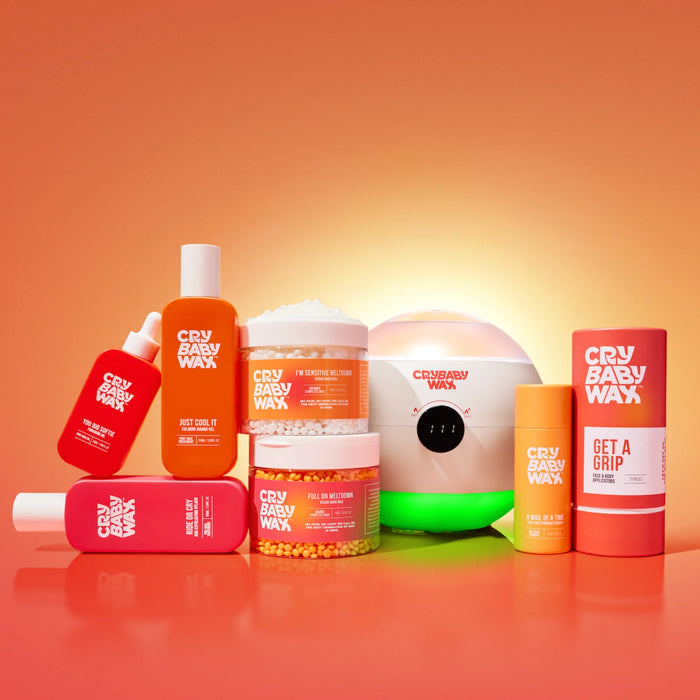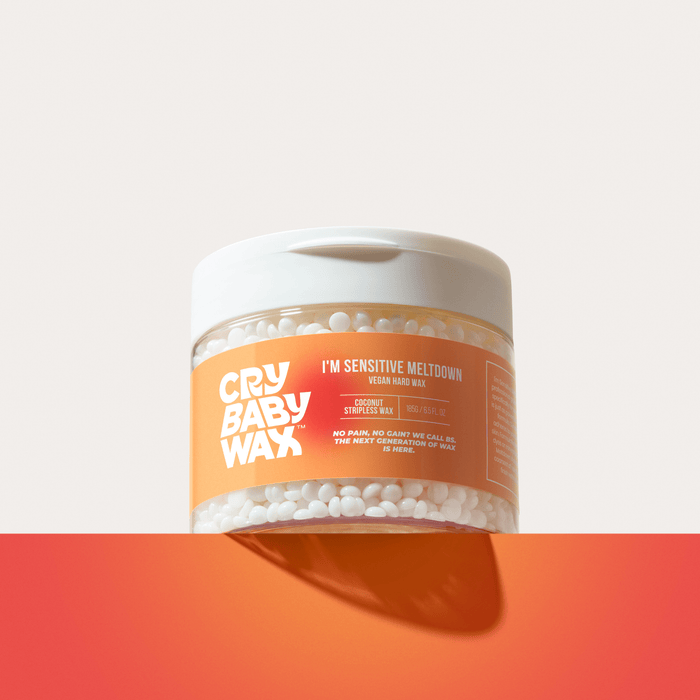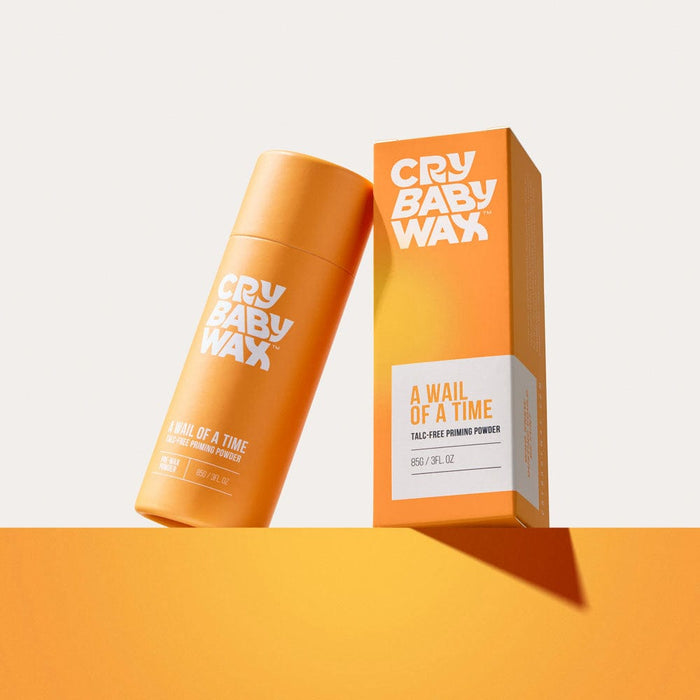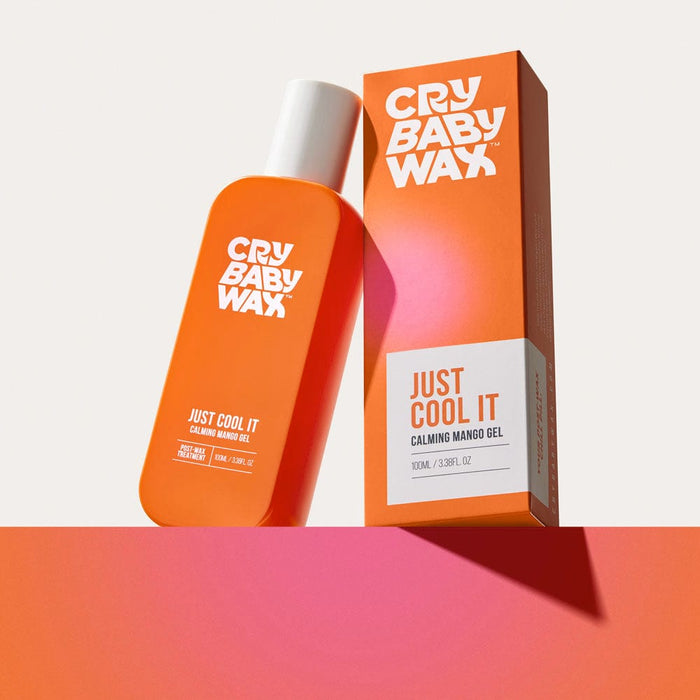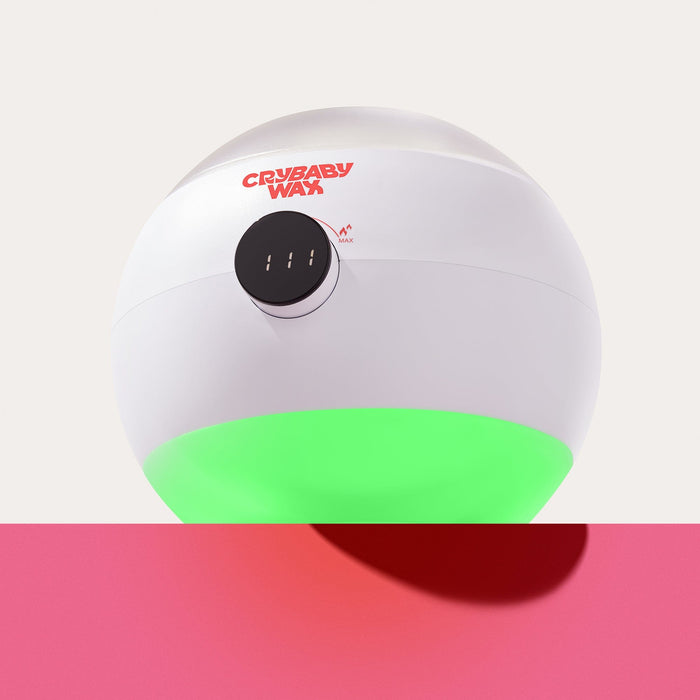

· By Kelly Smith
Top 10 Waxing FAQs: Your Solution For Hair Removal to Get Smooth Skin
Waxing has become one of the go-to methods for achieving smooth, long-lasting hair removal. Whether you’re waxing regularly or considering your first session, it’s natural to have questions. To help you prepare for the smoothest experience possible, we’ve put together the top 10 most frequently asked waxing questions.
Giving you expert advice on everything from prep to post-wax care and helping to choose the best wax for hair removal. By the end of this guide, you'll have all the knowledge you need to feel confident and ready to enjoy silky, hair-free skin.
Waxing Is One of the Best Hair Removal Methods
One of the very effective hair removal techniques that lasts longer is waxing. Unlike shaving, which cuts on the outer layer, waxing removes hair straight from its roots. What it basically means is to have smoother skin for longer.
It usually stays smooth up to about 3 to 6 weeks, which varies according to individual hair growth. In the process, the more that engages in waxing over time, the weakening of hair follicles is known to lead hair to be finer and not as visible.
Waxing brings a smooth finish while simultaneously exfoliating your skin, taking away dead skin cells together with hair. That's how the best wax for hair removal will always leave the skin fresh and glowing every single time.
Its effectiveness exists in almost all parts of the body and is used on different body parts ranging from the legs and arms up to delicate parts like the face. Here's looking forward to cruelty-free natural hair removal products, such as vegan wax, to keep your skin silky smooth without compromising your conscious.

Top 10 FAQs to Maximize Your Waxing Experience
1. How long should my hair be before waxing?
It's good to have hair at least a quarter inch long at the time when you go through the waxing procedure since it's when the wax can easily attach to the hair. The hair may not have been totally pulled out when it is too short, and therefore, it leaves spotty areas.
It would be advisable to wait for at least two weeks before waxing if one is accustomed to shaving daily. That is because it only makes sense to make sure that the hair has grown well before waxing. The guideline ensures a smooth removal process, without much pain and bloodshed, for the best results.
2. Is Waxing Painful?
It may be uncomfortable and vary in intensity depending on individual pain tolerance, body part, and the sort of wax used. Most find it fast and tolerable, although some areas prove more sensitive than others.
Besides, good quality products can also minimize the pain related to the procedure, such as vegan wax for hair removal. The pain of waxing will also diminish over time since professionals know their way to remedy this through efficient techniques and premium waxes.
3. How Often Should I Get Waxed?
On average, the recommended time is about 4 to 6 weeks. This would vary upon your hair growth. And if you persistently continue waxing at an interval, you will see that the returning hair tends to grow finer and sparser with time.
That is because when you wax, the hair follicle is broken every time you do it, so you don't get as much rebound. To get the smoothness to last longer, it is best that you maintain a routine even during the colder months when perhaps you are covering up more.
4. Can I Wax at Home, or Should I Go to a Professional Salon?
Suitable at-home waxing kits are as convenient as going to a professional salon for waxing has its benefits. Professionals know how to make the procedure really smooth, precise, and less painful.
They also use high-quality wax that is likely to produce better outcomes than what you are supposed to buy at home kits. If you’re a beginner, trying wax for face hair removal at home can be tricky and might result in irritation or incomplete hair removal. For sensitive areas, it's often worth the trip to a salon.
5. What Should I Do to Prepare for a Waxing Session?
Thorough preparation will make all the difference in the success of your waxing session. First start by exfoliating the area a couple of 24 to 48 hours before your appointment to remove dead skin cells.
This will prevent the hair from growing inside the skin, hence avoiding the ingrowing of hairs, and will help in attaching the wax well to the hair. On the day of waxing, no lotions oi, ls or creams should be applied to the skin, as this could interfere with how the wax is able to pick up the hair. Water content on the skin also prevents breakage and gives smoother results.
6. Is Waxing Safe for All Skin Types?
Waxing is safe for all types of skin; however, those sensitive-skinned individuals should opt for hypoallergenic waxes. Actually, some clients prefer to use vegan wax for hair removal procedures since it appears to be gentler on the skin and totally free from synthetic chemicals that irritate the skin.
You are to report any skin condition to the waxing artist, such as eczema and psoriasis, because the waxing artist should be in a position to know not to hurt the skin.

7. Can I Wax When I Am on My Period?
You can get waxed while you're in your cycle, but you'd be a little more sensitive at this time because of all the hormonal changes. Many women are sensitive to pain around this time, so it might be recommended that you take some kind of over-the-counter pain reliever, such as ibuprofen, 30 minutes before your session.
All you have to do is tell your technician that you don't like to get waxed during the period and reschedule it for another date if you don't want to get waxed then.
8. Will Waxing Cause Ingrown Hairs?
Ingrown hairs are one of the most common issues with any form of hair removal, including waxing. Nevertheless, there are some practices that may help prevent you from growing ingrown hairs through exfoliation and hydration.
Also, dehydrated skin sometimes causes the hair to break while waxing and, therefore, leaves one prone to getting many ingrown hairs. Thus, by following proper post-wax care and moisturizing the skin, one is able to remain smooth without irritation.
9. Can I Wax If I'm Pregnant?
Waxing is absolutely safe while pregnant, but few women will find that their skin is extremely sensitive due to hormonal changes. If you do choose to wax during this time, be sure to let your waxing technician know ahead of time so they can take extra precautions for you.
Some of those areas may be more sensitive, especially the bikini line, but with the right products and techniques, you can still enjoy the benefits of hair removal throughout your pregnancy.
10. What’s the Best Wax to Use for Hair Removal?
It is definitely dependent on preference, and the area waxed. Some like hard wax because even the smallest hairs are gripped, while others prefer soft wax because it is easier to use on larger areas. Sensitive skin people who like natural products will definitely benefit from using the best wax for hair removal. Vegan wax manufacturing uses only natural plant-based ingredients and chemicals, which could help prevent irritation among the former.
When utilizing wax for face hair removal, the greatest step is selecting a less harsh wax formula that will not cause irritation on your skin, which can be as thin and delicate as it can be. Seek expert advice or test in areas that are not very noticeable first in order to ensure that the chosen wax suits your skin type.
Conclusion
Waxing is the best method of permanent hair removal, but proper knowledge and preparation are required so that it makes all the difference to your experience. From the best wax for hair removal to knowing how to prepare your skin for the process, these FAQs have been there to cover all the essential information you need to ensure you get that smooth, hair-free skin.
Remember that whether you are a first-timer or a seasoned pro, consistency and proper care are paramount to achieving the best possible result. And, of course, quality products from Crybaby Wax for hair removal can make a world of difference when it comes to trying to minimize discomfort while maximizing smoothness.
